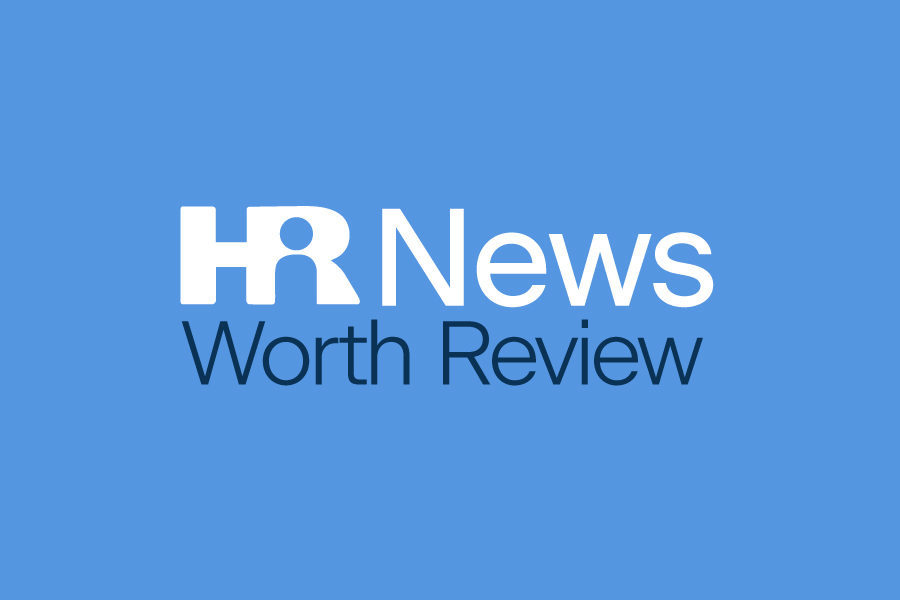IRS Announces 2024 FSA, Retirement Plan Limits
Earlier this month, the Internal Revenue Service (IRS) released cost-of-living adjustments and inflation-adjusted limits for 2024 that affect amounts employees can contribute to health flexible spending accounts (FSAs), 401(k) plans and individual retirement accounts (IRAs).
Health FSA Limits
The Affordable Care Act (ACA) imposes a dollar limit on employees’ salary reduction contributions to health FSAs. This limit started as $2,500 for plan years beginning on or after Jan. 1, 2013, and has been adjusted for inflation for subsequent plan years. For plan years beginning in 2024, the adjusted dollar limit on employees’ pre-tax contributions to health FSAs increases to $3,200. This is a $150 increase from the 2023 health FSA limit of $3,050.
Additionally, employers with health FSAs may allow employees to carry over a certain amount of funds remaining at the end of a plan year to reimburse eligible expenses incurred in the plan year immediately following. The maximum carryover amount is adjusted annually for inflation. For 2024, the maximum carryover limit is increased to $640 (up from $610 for 2023). Employers that allow carryovers may impose their own limit that is lower than the maximum carryover limit.
Retirement Plan Limits
The employee contribution limit for 401(k) plans in 2024 has increased to $23,000, up from $22,500 for 2023. Other key limit increases include the following:
- The catch-up contribution limit for employees aged 50 and over who participate in 401(k), 403(b), most 457 plans and the federal government’s Thrift Savings Plan remains unchanged at $7,500. Therefore, participants in these plans who are 50 and older can contribute up to $30,500, starting in 2024.
- The employee contribution limit for IRAs is increased to $7,000, up from $6,500.
- The IRA catch‑up contribution limit for individuals aged 50 and over remains unchanged at $1,000 for 2024 (despite this limit now including an annual cost‑of‑living adjustment because of legislation enacted at the end of 2022, referred to as “SECURE 2.0”).
- The employee contribution limit for SIMPLE IRAs and SIMPLE 401(k) plans is increased to $16,000, up from $15,500.
- The limits used to define a “highly compensated employee” and a “key employee” are increased to $155,000 (up from $150,000) and $220,000 (up from $215,000), respectively.
- The annual compensation limit (applicable to many retirement plans) is increased to $345,000, up from $330,000.
Employer Takeaway
Employers should make sure to update their open enrollment materials and plan documents to reflect these new limits. As a reminder, the updated $640 FSA carryover limit is for amounts carried over from the 2024 plan year into 2025, not 2023 into 2024.
EEOC Opens EEO-1 Reporting Portal for 2022 Workforce Data
The portal for private sector employers to submit equal employment opportunity (EEO-1) workforce data from 2022 to the U.S. Equal Employment Opportunity Commission (EEOC) has opened as of Oct. 31, 2023.
The deadline for submissions is Dec. 5, 2023.This data collection was previously delayed.
EEO-1 Reporting Background
Mandated under Title VII of the Civil Rights Act, the EEO-1 Report is an annual survey that requires certain employers to submit information about their workforces by race or ethnicity, gender and job categories by March 31 every year.
The EEOC uses the collected data to enforce Title VII’s prohibitions against employment discrimination based on race, color, religion, national origin or sex.
Employers Subject to EEO-1 Reporting
In general, a private sector employer is subject to EEO-1 reporting if it:
- Has 100 or more employees;
- Has 15-99 employees and is part of a group of employers with 100 or more employees; or
- Is a federal contractor with 50 or more employees and a contract of $50,000 or more.
Employers subject to EEO-1 reporting requirements should begin submitting 2022 EEO-1 data in the EEO-1 portal and ensure they complete these submissions by Dec. 5, 2023.
Employers should also review the following for additional information:
- EEOC home page and website dedicated to EEO data collection;
- 2022 EEO-1 Component 1 Instruction Booklet; and
- 2022 Component 1 Data Collection Specifications.
Health Plans Must Expand Price Comparison Transparency Tool for 2024
Beginning in 2024, group health plans and health insurance issuers must expand the internet-based price comparison tool they make available to participants, beneficiaries and enrollees so that it includes all covered items, services and drugs. The purpose of this tool is to provide consumers with real-time estimates of their cost-sharing liability from different providers for covered items and services, including prescription drugs, so they can shop and compare prices before receiving care. Upon request, plans and issuers also must provide this information in paper form or over the telephone.
This requirement comes from final rules regarding transparency in coverage that were issued by the U.S. Departments of Labor, Health and Human Services, and the Treasury (Departments) in November 2020.
Compliance Deadlines
For plan years beginning on or after Jan. 1, 2023, plans and issuers were required to make price comparison information available for 500 shoppable items, services and drugs. For plan years beginning on or after Jan. 1, 2024, price comparison information must be available for all covered items, services and drugs.
Employer Takeaway
Most employers rely on their issuers or third-party administrators (TPAs) to develop and maintain the price comparison tool and provide related disclosures on paper or over the phone upon request. To help ensure compliance, employers should consider the following steps:
- Fully insured health plans: An employer with a fully insured health plan is not required to provide the price comparison tool if the issuer agrees in writing to provide the tool. Employers with fully insured health plans should confirm that their issuer is providing the cost comparison tool and this responsibility is addressed in a written agreement.
- Self-insured health plans: Employers with self-insured plans (including level funded plans) may contract with another party, such as a TPA, to provide the required tool. Employers with self-insured health plans should reach out to their TPAs (or other service providers) to confirm that they are providing this tool and that this responsibility is addressed in a written agreement. In addition, employers should monitor their service provider’s compliance with this requirement. Unlike fully insured plans, the legal responsibility for this tool stays with a self-insured plan even if its service provider agrees to provide the price comparison tool on its behalf.
Year-End HR Activity Checklist
The end of the year is usually an extremely busy time for HR professionals. There’s a lot they must do in a relatively short time period to close out the year and prepare for the upcoming one. A smooth and effective year-end process can help ensure HR professionals comply with relevant laws and regulations and that necessary tasks are completed in an orderly manner. Our HR checklist can assist HR professionals in developing and maintaining an effective year-end process and outlines key activities to consider completing before the end of the year.





